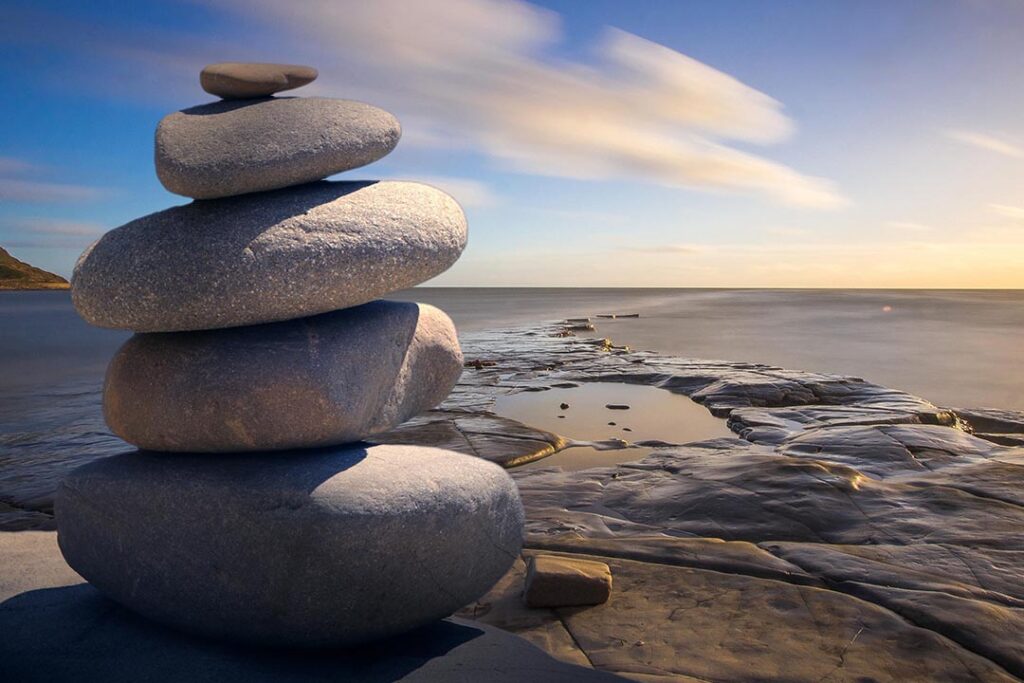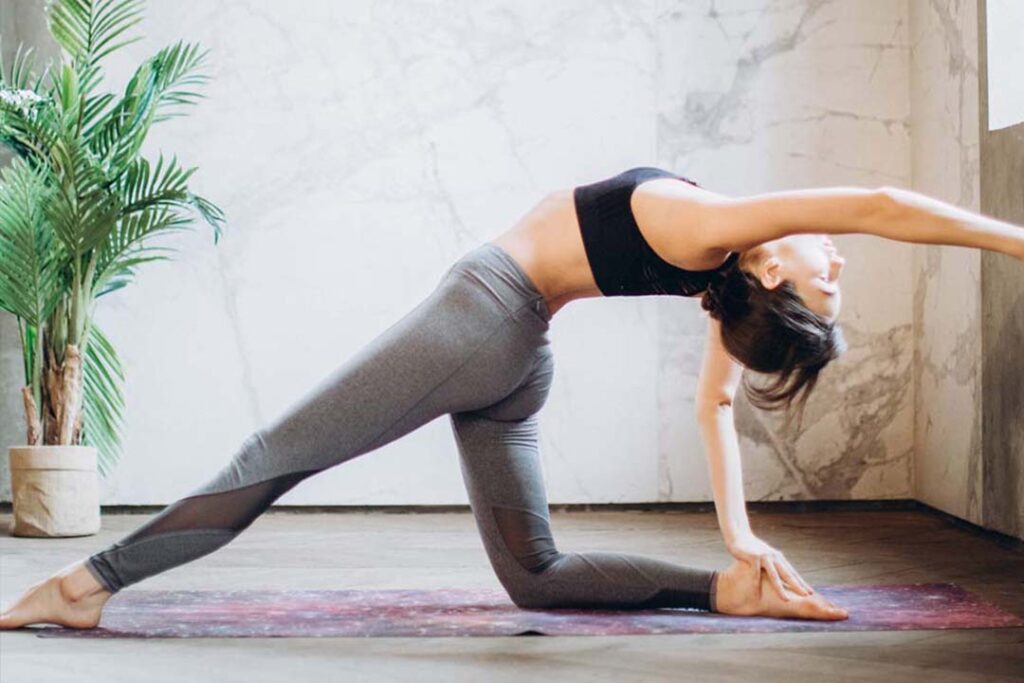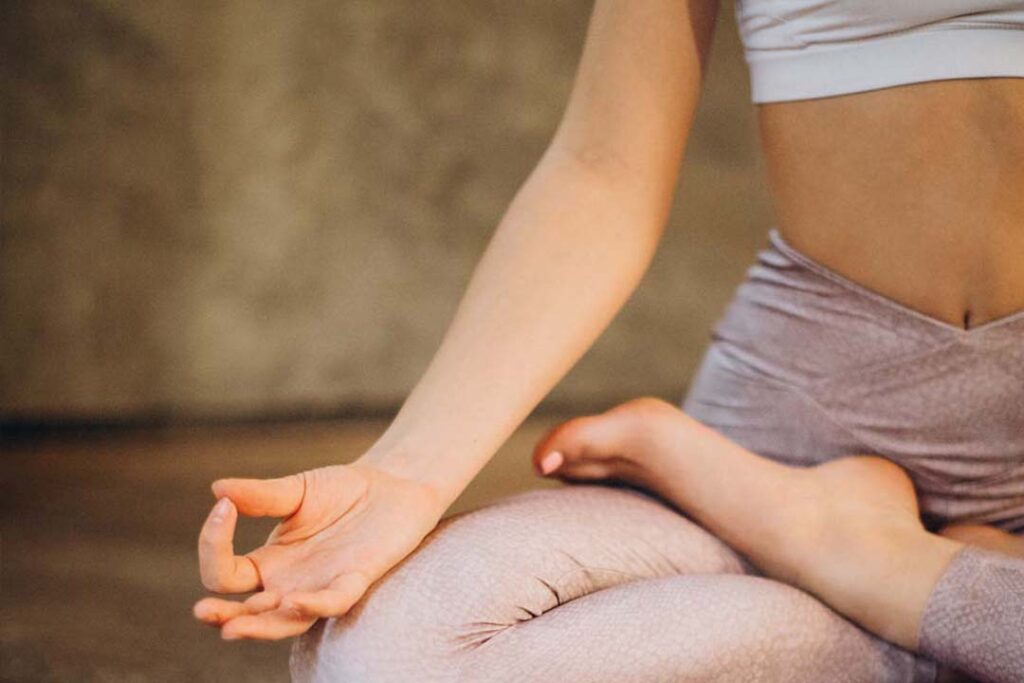The Basics of Mindfulness Practice
Mindfulness helps us put some space between ourselves and our reactions, breaking down our conditioned responses so here is how to tune in throughout the day:
- Make some time every day.
You don’t need any sort of special equipment to access your mindfulness skills, but you do need to set aside some time and space. - Observe the present moment as it is.
The aim of mindfulness is not removing thoughts completely but observation. The goal is to pay attention to the present moment, without judgment. Easy to say or explain but more difficult to do. - Let your judgments roll by.
All of us have biases and a point of view because of the environment we grow up in. Every society has norms of what is right and wrong, what is acceptable and what is not. These biases tend to cloud our thinking and get into the habit of judgement. When we notice judgments arising during our practice, we can make a mental note of them, and let them pass. - Return to observing the present moment as it is.
Our minds naturally tend to get carried away in thought. Mindfulness is the practice of returning, time and again, to the present moment. - Be kind to your wandering mind.
Don’t judge yourself for whatever thoughts crop up, just practice recognizing when your mind has wandered off, and gently bring it back.
That’s the practice. It’s very simple, but it’s not necessarily easy. The work is to just keep doing it. Results will accrue.
However to help you become more present there are several allied practices and a science behind it. Knowledge, Asanas i.e. physical postures (commonly known as Yoga), chanting, sound, meditation and above all the practice of Awareness.
Awareness can be practiced in your daily life whilst walking, eating, sitting in office, waiting for a meeting.
There is no substitute for practice. Regular practice is better than any amount of reading, watching videos, discussions etc.
Mindfulness Techniques
There is more than one way to practice mindfulness, but the goal of any mindfulness technique is to achieve a state of alert, focused relaxation by deliberately paying attention to thoughts and sensations without judgment. This allows the mind to refocus on the present moment. All mindfulness techniques are a form of meditation.
- Body Sensations
Notice subtle body sensations such as an itch or tingling without judgment and let them pass. Notice each part of your body in succession from head to toe.
- Sensory
Notice sights, sounds, smells, tastes, and touches. Name them “sight,” “sound,” “smell,” “taste,” or “touch” without judgment and let them go. - Emotions
Allow emotions to be present without judgment. Practice a steady and relaxed naming of emotions: “joy,” “anger,” “frustration.” Accept the presence of the emotions without judgment and let them go. - Urge Surfing
Cope with cravings (for addictive substances or behaviours) and allow them to pass. Notice how your body feels as the craving enters. Replace the wish for the craving to go away with the certain knowledge that it will subside. - Basic Mindfulness Meditation
Sit quietly and focus on your natural breathing or on a word or “mantra” that you repeat silently. Allow thoughts to come and go without judgment and return to your focus on breath or mantra.




